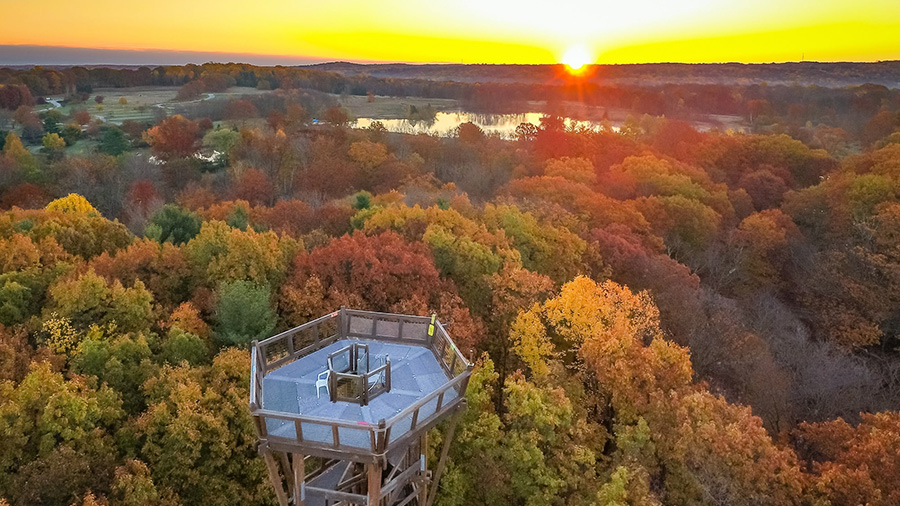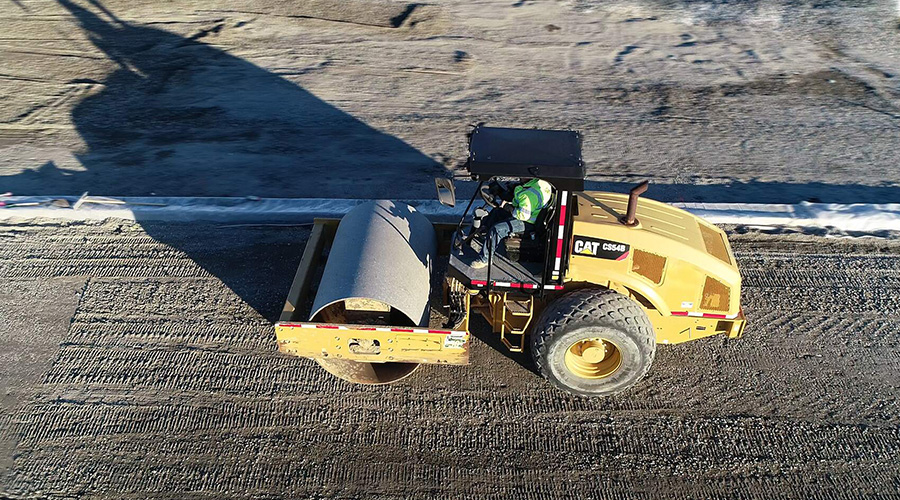Savvy Planning by Managers Boosts Efforts to Save Water
The irrigation system at the University of Texas (UT) at Dallas had been a twisted maze of parts and products. Some of the system's pieces were more than 50 years old, while others incorporated the latest in technology.
In other words, it was the kind of setup many grounds managers are all too familiar with. As institutional and commercial facilities expand, renovate and remodel, irrigation systems like the one at UT Dallas grow along with them, and they do not always do so according to plan.
"We had controllers on one building controlling three other buildings, and controllers on (another) building controlling something that wasn't even close, so it's a pretty big puzzle we had to put together," says Jay Jascott, the university's landscape supervisor, about his university's irrigation setup before a new irrigation-metering system came on line in 2011.
The challenges that further complicate the operation of inefficient irrigation systems include limits on water use, system maintenance and poor communication. Managers need to address these issues in order to blend their institution's irrigation components and equipment into one centralized, harmonious and water-efficient system.
Working With Water Restrictions
More managers nationwide are forced to deal with water restrictions when planning an upgrade of their irrigation systems, but the West Coast has been dealing with such restrictions for many years.
When Sandia National Laboratories in Livermore, Calif., implemented its computerized irrigation system in 2008, part of the motivation behind it was to more effectively comply with such water-reduction requirements.
The organization's science and technology research center, located 45 minutes east of San Francisco, features more than 300,000 square feet of landscapes, 50,000 square feet of hardscape, and 350,000 square feet of plantings over 13 acres of developed area.
Starting in 2007, the laboratory operated under a federal requirement to reduce its water use by 2 percent a year for eight years — a total that required a reduction of 16 percent, says Robert Holland, Sandia's environmental monitoring program lead.
The 2008 system was installed to help minimize unnecessary watering, Holland says. It measures wind and humidity, and when it senses rain, it shuts down within 10 minutes. With the previous system, irrigation could continue for six-eight hours before workers manually turned it off, resulting in hundreds of gallons of water being wasted.
"In 2009, we actually employed the flow-sensing device or option that goes along with the control system," says Gerald Vincent, the team lead for facilities at Sandia. "At that time, we made some additional changes with the master valves. When making the installation, that was a challenge.
"We weren't aware that there were additional equipment devices for the irrigation system that would go along with getting to the point of seeing the water management reduction we were looking for. The evapotranspiration (ET) base, we haven't used to its full capacity. We're bringing that online. There are several challenges there, but we're working through them with the local vendor."
Related Topics:













